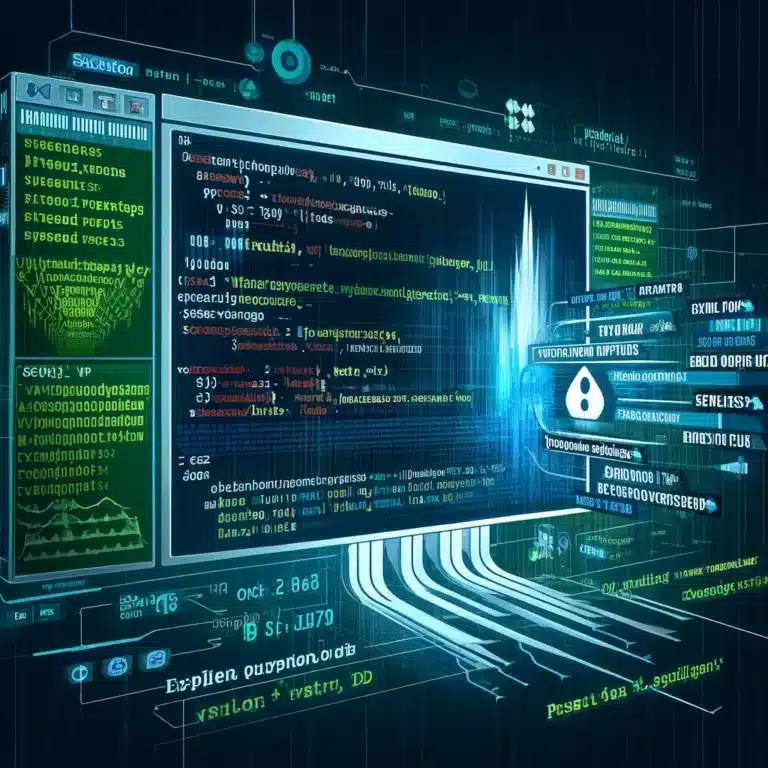How To Protect Yourself From Cryptojacking?
Cryptojacking is a hidden type of cyber attack where hackers use your computer’s power to mine cryptocurrency without your permission. This can slow down your devices and might also lead to losing money or having your private information stolen. As more people become interested in cryptocurrencies, these attacks are becoming more common. However, you can…










